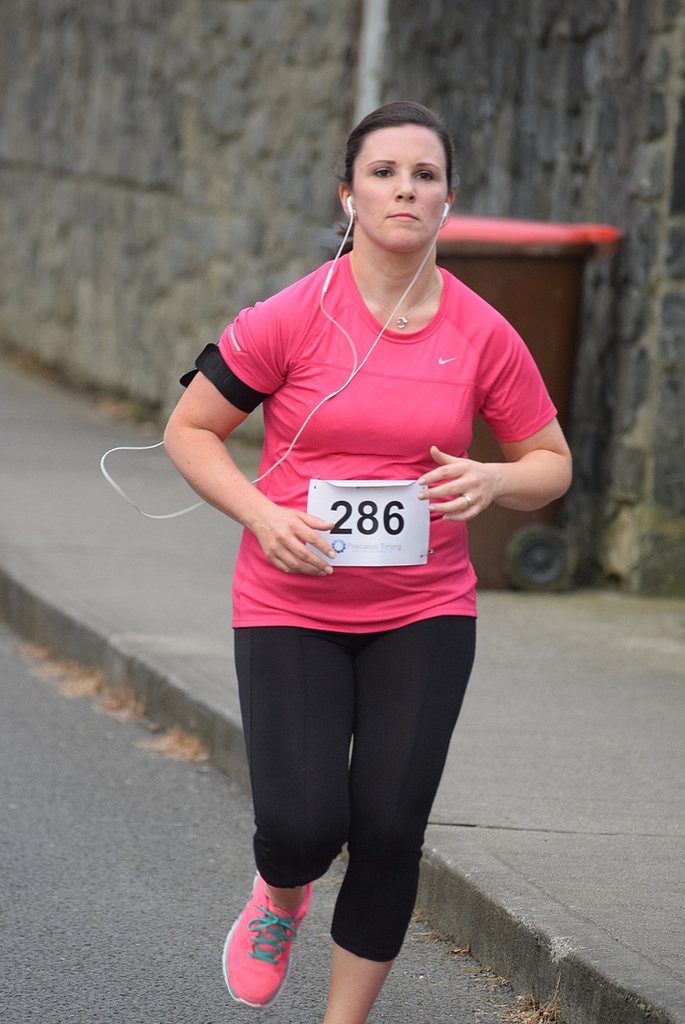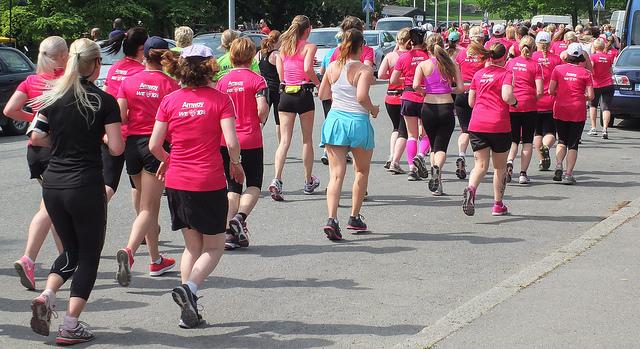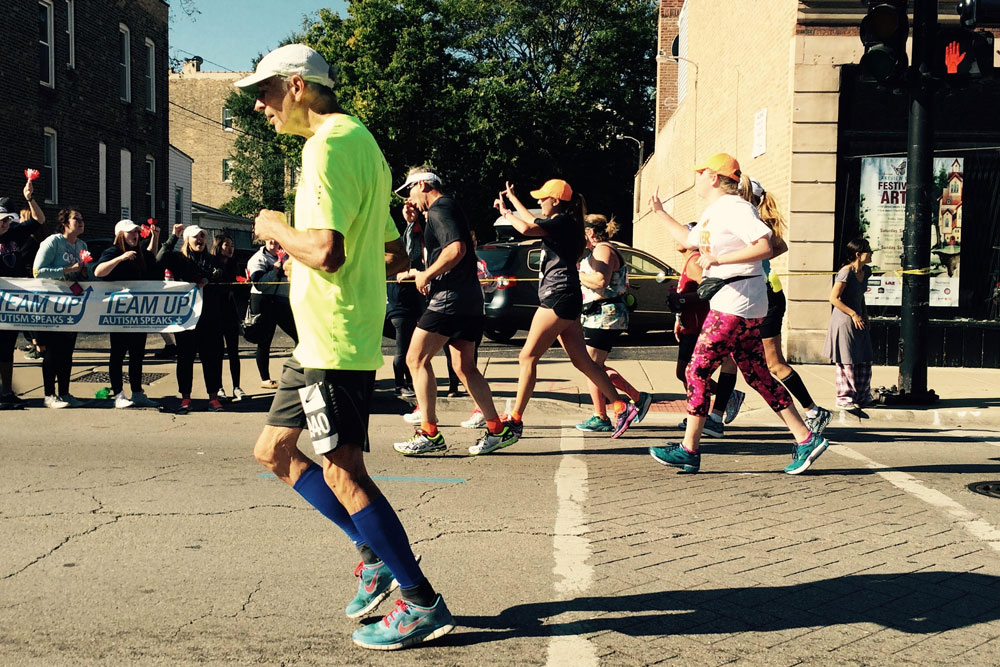If you’ve started on a weight loss plan by running regularly but aren’t losing weight or – worse – are actually gaining weight, there are some reasons behind that, and there is something you can do about it. Weight loss is all about a combination of diet and exercise, so you need to find a way to balance the two so that you can actually see good results.Post-Run Snacks
Once you’ve burned all the calories that running burns, you’re going to feel hungry, and you’re going to need to eat something to refuel. However, what many people end up doing is reaching for a junk food as a reward. Or, if you eat a meal after your run, you may double-up on your portions. While running does burn a lot of calories, it’s also easy to take in more than you just burned if you are not careful.

Make sure that your post-run refueling stays under 150 calories and that it has plenty of protein and complex carbs which will help you feel full and will give you energy to continue your day. With post-run meals, eat the same reasonable portion size that you need for your diet. It’s also important to make sure that you are eating a pre-run snack full of protein and complex carbs that will help give your body the boost it needs for a successful run.
Inconsistency
While doing something is always better than doing nothing, it takes consistent running or other high-intensity cardio exercises at least 4 days per week to start seeing real results. Keep a calendar to track how much running you are doing to make sure that it’s not just a couple of 20-minute jogs per week.
If you want real weight loss results, you need to create a calorie deficiency of 500 calories per day through a combination of exercise and diet, so it’s important to be aware of about how many calories you are burning during your workouts and how many you are eating every day. On days that you are not running, you should be doing strength-training exercises to build up your muscles and make them more efficient at burning calories at rest and during exercise.
You’re Burning Less Than You Think
You just got back from a run, you’re covered in sweat, and you’re convinced you burned over 500 calories. But did you really? A 150-pound woman will burn 495 calories running for 45 minutes at a 10-minute-per-mile pace. If you didn’t run for that long or that fast, then you’re not burning as many calories as you thought. It’s best to track your workout just to be sure, using a heart rate monitor or one of these cheap running apps on your phone.
Same Workout, Different Day
If you found a great three-mile loop in your neighborhood, running it for a few weeks can help running become a habit. The problem lies with continually doing the same running workout. Your muscles will quickly adapt to the demands you’re placing on them, which is a surefire way to hit a weight-loss plateau. Avoid this issue by mixing up your running workouts: include speed intervals, hills, long runs, and short runs, and run on different surfaces and in new places to keep your muscles guessing and continuously strengthening. Check out these four training techniques that will challenge your run. As mentioned earlier, it’s also important not to make running your sole source of exercise. Include other forms of cardio as well as strength training since muscle mass burns more calories and speeds up your metabolism.
Source: popsugar.com









